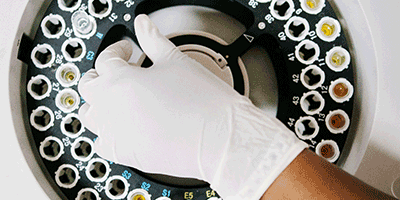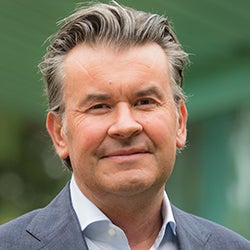Operational efficiency
The hub-and-spoke model may provide a balance between focused subsidiaries and scaled parent enabling functions. It provides the operational efficiencies from shared centralized resources, including synergies (or elimination of dyssynergies) and more structured oversight.
The parent company’s centralized support to subsidiaries may include manufacturing, financing, business development and/or legal — functions often less robust in small-scale subsidiaries. Cross-subsidiary synergies may also exist; for example, Roivant’s Lokavant supports real-time visualization and risk monitoring of clinical trial data, and was developed originally for use in Roivant-sponsored trials.
The more experienced parent company may also be able to provide effective governance to its subsidiaries, such as portfolio optimization, through easier termination of underperforming programs given the separation of parent and subsidiary. For example, BridgeBio allows subsidiaries to have operational autonomy, limiting the effects of ill-advised choices by the parent, while the parent company retains management and capital allocation decisions.
Flexible fundraising
Hub-and-spoke companies are more flexible in their capital formation strategies, since subsidiaries are not bound to the fundraising strategy of the parent. This may include private or public (e.g., IPO) investment methods, along with debt financing. Roivant, Fortress and PureTech each hold a mix of public and private subsidiaries. The business model also facilitates modularity — allowing for easier mergers/acquisitions, both bringing in new subsidiaries and selling existing ones. Roivant sold its stake in several of its “-vants” (private and public), along with equity in itself, to Sumitomo Dainippon as part of an overall strategic alliance. The deal included $3 billion upfront along with loan agreements. Sumitomo then formed its own hub-and-spoke subsidiary, Sumitovant, which houses its five “-vants.”
For investors, hub-and-spoke companies may provide confidence based on a track record of experience, with greater flexibility for investing (see Figure 4). Investors may choose to invest in the parent, which decides how to allocate investments across its subsidiary R&D portfolio. Alternatively, investors may invest only in the subsidiaries, focusing on a particular asset, therapeutic area or modality of interest that they believe will produce the highest returns.









